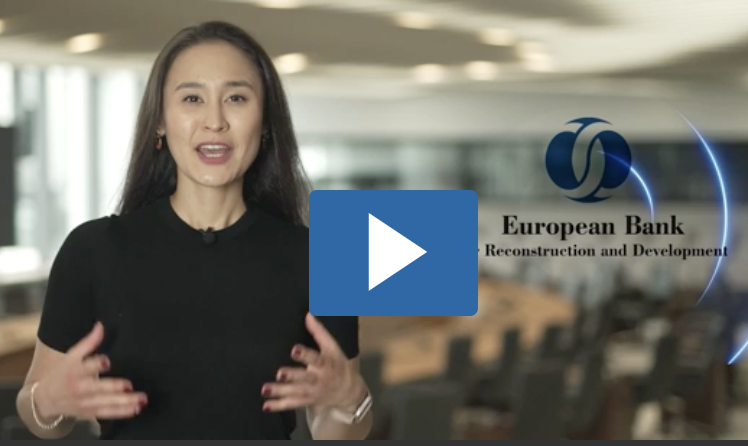Publication
Transition Report
Reform progress and transition indicators
Who we are
Overview: about the EBRDWho we are
Overview: about the EBRD
Learn about the EBRD's journey to investing more than €210 billion in over 7,400 projects.
What we do
Overview: how the EBRD operatesWhat we do
Overview: how the EBRD operates
Through projects, business services and involvement in high-level policy reform, we're doing more than ever before.
Work with us
Overview: how you can work with the EBRDWork with us
Overview: how you can work with the EBRD
We draw on three decades of regional knowledge and financial expertise to tailor our products and approaches to each client's needs.
March, 2018

By Natalia Kryg
This paper looks at how various project- and client-related factors determine the non-financial success of EBRD investments. Non-financial project success is defined as the extent to which transition objectives, such as the demonstration of new financing methods or the expansion of competitive markets, have been realised once the project is finished. For our data we use 1,600 EBRD projects completed between 2003 and 2016. The results suggest that the probability of success is higher for larger projects and for projects that are part of a framework. Projects with state clients are less likely to be successful, mainly because state ownership tends to significantly slow down project delivery.
For media enquiries related to this working paper, please contact Ksenia Yakustidi, Media Adviser at the EBRD’s Office of the Chief Economist
YakustiK@ebrd.com
All Working Papers
The Working Paper series seeks to stimulate debate on transition in the EBRD regions.
